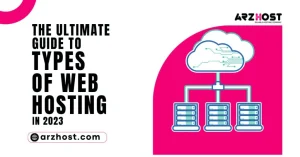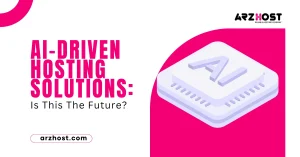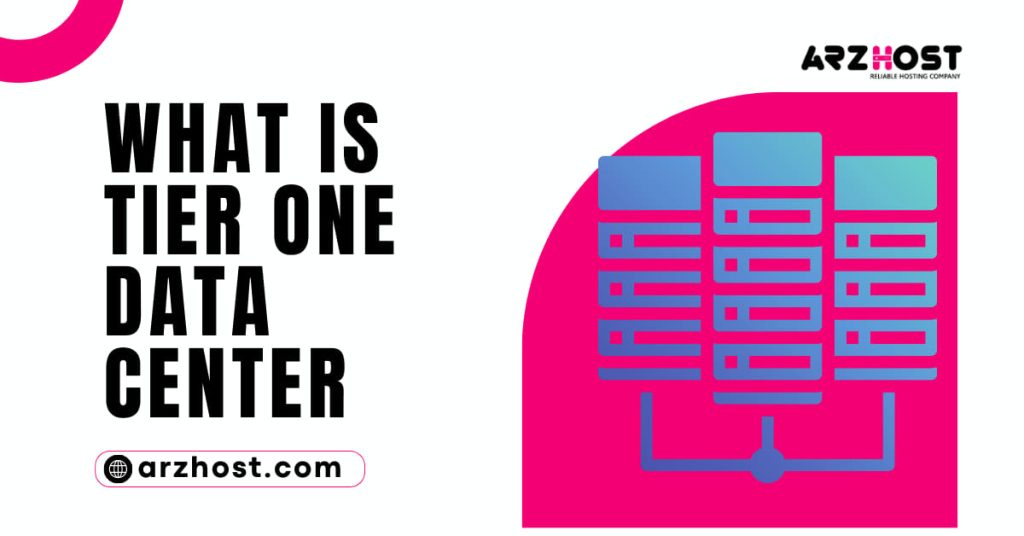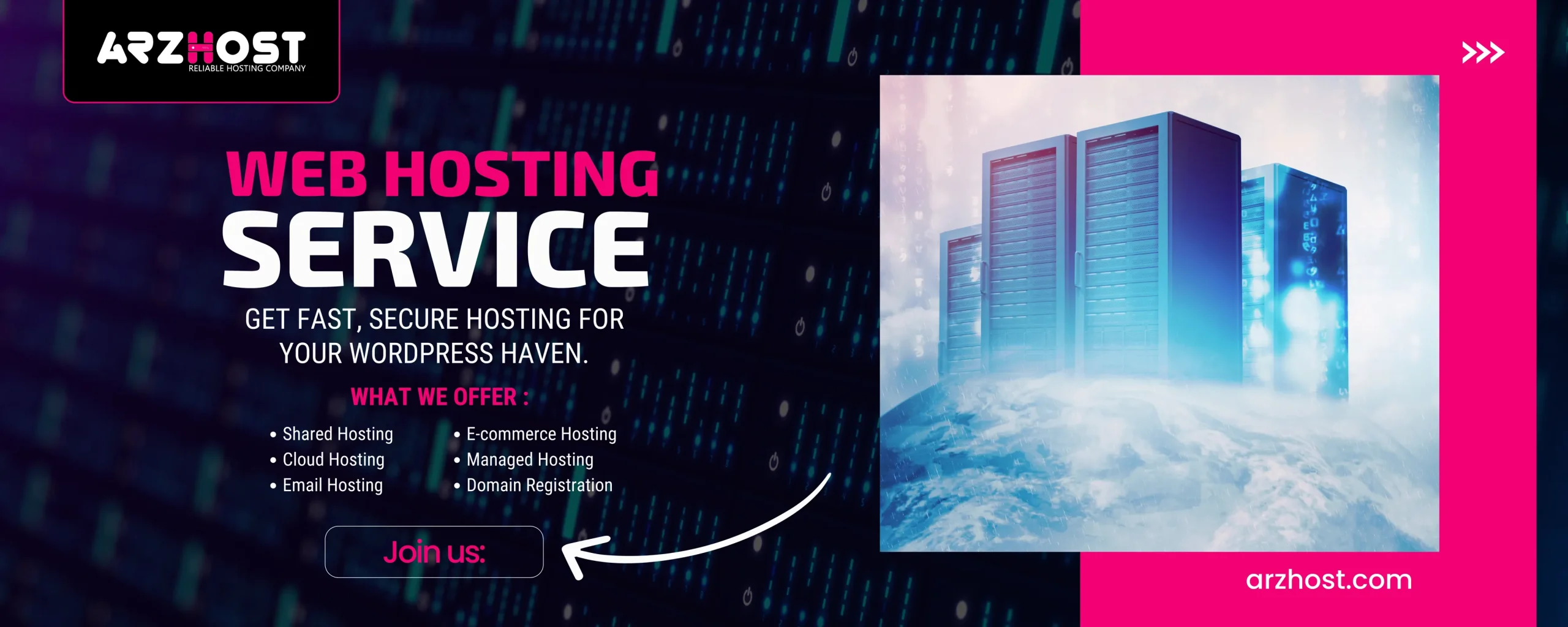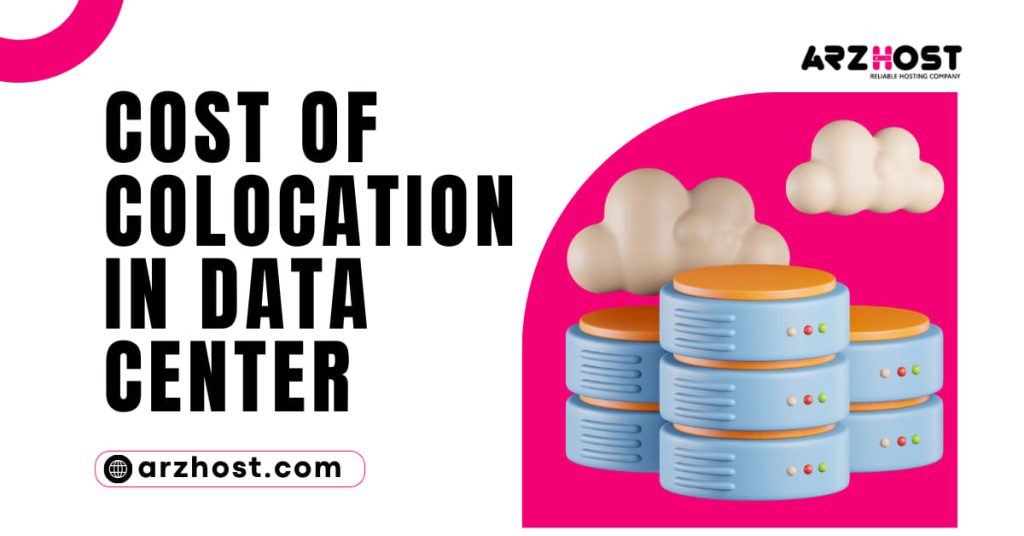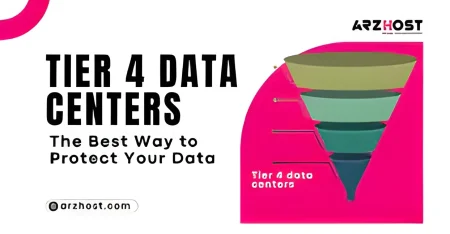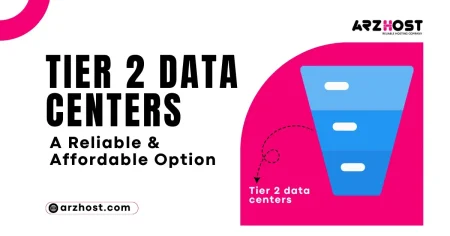A Tier One Data Center is a physical place that houses servers and specialized computing hardware for handling and purchasing access to large volumes of data. Another name for a Tier One Data Center is a “computer room”.
A definition of the data center is necessary for any person, group, or entity that requires large amounts of data to be created, transported, stored, or utilized for any reason. In order to meet their clients’ server demands, web hosting companies typically possess their own data centers. Some businesses wish to have control over and ownership of their tier data center standards.
A classification system for data centers is represented by a data center tier-level system. Usually, the infrastructure and type of equipment a data center possesses determine its classification.
Depending on how simple or complicated the infrastructure is, these tiers are classified and ranked.
According to the data center Uptime Institute’s Tier Classification System, Data Center Tiers are typically categorized into one of the four (4) classifications. This classification is accepted in the field.
The Tier One Data Center Uptimes Institute classifies these data centers based on a variety of variables, including how reliable their IT operations are and how tightly their systems are secured requirement.
The classification scheme for each data center would be covered below:
What is Tier One Data Center?
The Tier Standard’s lowest tier is this one. As there is just one source for servers, network connections, and other components, a data center at this tier is straightforward.
In this tier, redundancy and backups are either minimal or unreal. Redundancies in electricity and storage are included.
As a result, the requirements for a Tier One Data Center at this tier are not very impressive. Since there are no fail safes to activate and save the day if there is a power outage, the system would shut down.
A Tier One Data Center requirements call for uptime of roughly 99.671%. For many firms, the lack of backup procedures makes this data center tier look risky. Yet small internet-based businesses without real-time customer assistance can use them successfully.
However, a tier one data center would not be realistic for businesses that rely heavily on their data.
Tier One Data Center has the advantage of giving the least expensive service to businesses on a budget.
The uptime of servers is significantly lower than that of tiers two, three, and four due to the absence of redundancy, and because maintenance on the facility necessitates shutting down the entire facility, there will be greater downtime.
Specification Tier Data Centers
Tier One Data Center specifications are details on how a data center is set up. The maximum uptime and redundant power systems enable the platform to continue operating in the event of a power outage. The technical expertise of the data center employees and other factors may be included.
Since more expertise is needed to maintain the entire platform, higher data center tiers uptime typically have better-qualified staffing. A customer looking for potential data centers to store their data should include data center specifications on their data center checklist.
Related Article
- tier 4 data center requirements
- difference between tier 3 and 4 data center
- difference between tier 2 and tier 3 data centers

